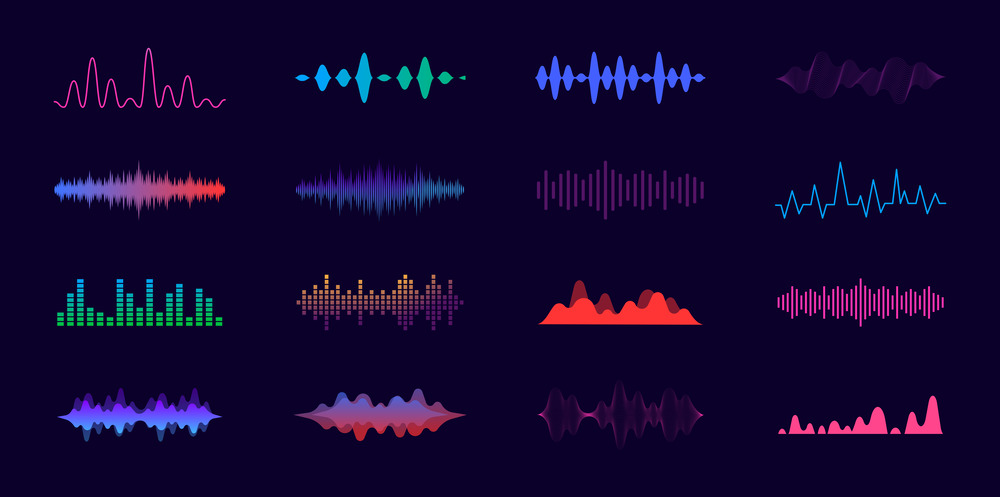
In audio production, professionals and enthusiasts alike continually seek tools to enhance creativity, precision, and efficiency. Audio plug-ins stand as indispensable components in achieving these goals. This article aims to provide a comprehensive guide to understanding audio plug-ins, shedding light on their types, functionalities, and the transformative impact they have on shaping the sonic landscape.
What Are Audio Plug-ins?
Audio plug-ins, short for “plug-in software,” are software components that add specific functionalities to digital audio workstations (DAWs) or other audio software. These plug-ins extend the capabilities of the host software, enabling users to manipulate and enhance audio signals in diverse ways.
Audio plug-ins seamlessly integrate into digital audio workstations, acting as virtual instruments, effects processors, or tools for analyzing and shaping audio. Their integration simplifies the workflow, offering users a vast array of processing options without the need for external hardware.
Types of Audio Plug-ins
Virtual instrument plug-ins emulate traditional musical instruments, allowing users to generate realistic or experimental sounds electronically. Examples include virtual pianos, synthesizers, and drum machines.
Audio effects plug-ins modify the characteristics of audio signals. Common types include:
Equalization (EQ): Adjusts the frequency balance of audio.
Compression: Controls the dynamic range by reducing the difference between loud and soft sounds.
Reverb: Simulates the acoustic environment, adding spatial depth to audio.
Delay: Introduces time-based effects, such as echo or slapback.
Modulation: Alters the sound by applying effects like chorus, flanger, or phaser.
Analysis Tools: Plug-ins in this category provide analytical capabilities, helping users understand and visualize aspects of the audio signal. Spectrum analyzers, metering tools, and pitch analysis plug-ins fall into this category.
Utility Plug-ins: Utility plug-ins serve practical functions such as gain adjustment, panning, and phase inversion. They are essential for basic signal routing and manipulation.
How Audio Plug-ins Work
Audio plug-ins operate through digital signal processing (DSP), manipulating digital representations of audio signals. DSP algorithms within plug-ins process the audio data in real-time, applying the desired effects or transformations.
Plug-ins offer a range of adjustable parameters that users can manipulate to tailor the effect or instrument to their preferences. Parameters often include settings like gain, frequency, time, and modulation depth.
Automation features within DAWs allow users to dynamically control and manipulate plug-in parameters over time. This capability is crucial for creating dynamic and evolving audio productions.
Choosing and Using Audio Plug-ins
When selecting plug-ins, consider factors like audio quality, user interface design, and compatibility with your DAW. Many plug-ins come in different formats (VST, AU, AAX), so ensure compatibility with your specific software.
Many plug-in developers offer trial versions. Experiment with these trials to assess how a plug-in fits into your workflow. Additionally, read user reviews and testimonials to gather insights from the experiences of others.
You can organize your plug-ins in a way that aligns with your workflow. Group similar plug-ins together, create favorite presets, and establish a naming convention to enhance efficiency during production.
You should regularly check for updates from plug-in developers to ensure compatibility with the latest software versions and benefit from any enhancements or bug fixes. Verify the availability of customer support channels in case assistance is needed.
Audio plug-ins have revolutionized the landscape of audio production, democratizing access to a vast array of tools and effects. Understanding the different types of plug-ins, how they operate, and the factors to consider when choosing and using them empowers audio professionals and enthusiasts to unlock new dimensions of creativity and precision in their work.
As technology continues to advance, the world of audio plug-ins will undoubtedly evolve, offering even more possibilities for shaping the soundscape of the future.





